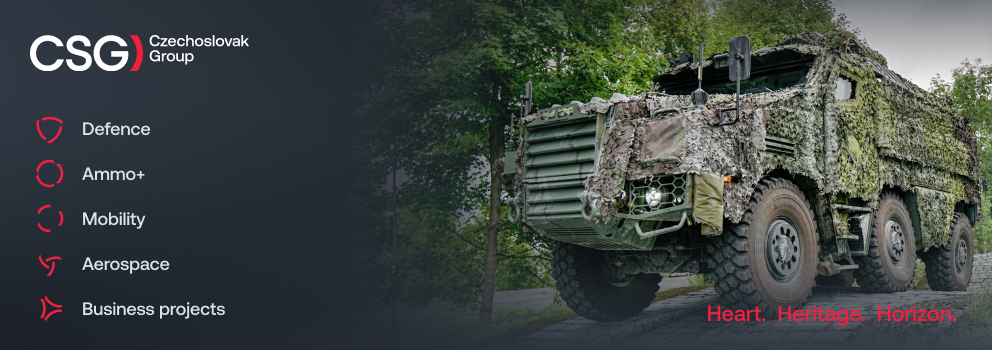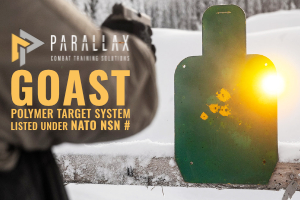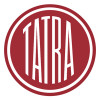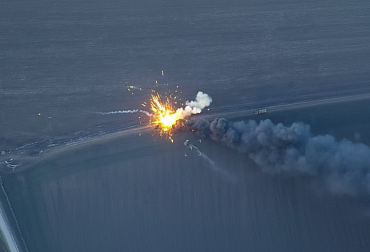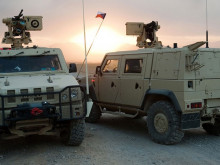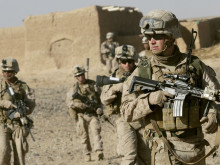Territorial Defense Forces – Increasing importance and future prospects within the Czech Armed Forces
With the changing security environment in Europe, dictated mainly by Russia's expansionist ambitions, European armies are once again focusing on conventional warfare on the continent against a technologically and numerically superior enemy that has also demonstrated its willingness and ability to wage war far behind the lines, in the rear. In addition to the expansion and rearmament of regular army units, i.e. motorized, tank, or mechanized units, which are mainly composed of professional soldiers, there is also a significant increase in the development of territorial defense forces, commonly referred to as TDF (Territorial Defense Forces), which in the current context are often made up of volunteer reservists.
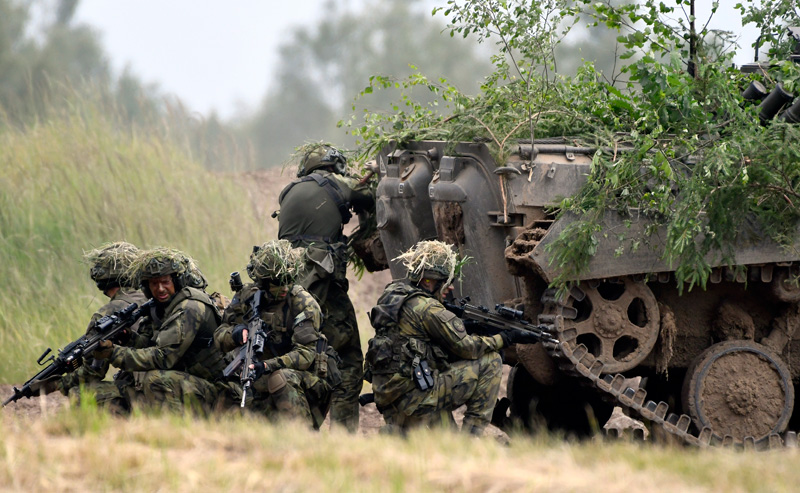
Territorial Defense as a Type of Force
Territorial defense units or forces, militia units, national guards, or home guards are not a new concept in Western military affairs; quite the contrary. For example, in the Nordic countries and the United States, this type of force has a relatively long tradition. And no wonder. Territorial defense units are a rapidly deployable component of the armed forces with knowledge of their primary area of operations, which performs a number of doctrinal tasks, ranging from the civilian population and security and rescue services in crisis scenarios, to guarding the rear, i.e., important facilities and critical infrastructure, to combat deployment in the field during the defense of their assigned area in open conflict. This range of tasks and their importance in today's security environment are a clear argument for their existence. This is particularly evident in the eastern wing of the Alliance, where countries such as Lithuania, Latvia, Estonia, Poland, Norway, Sweden, and Finland have dedicated territorial defense units, in many cases as a separate branch of the armed forces. And, of course, Ukraine, which has dozens of territorial defense brigades, regiments, and battalions within its forces, some of which have been transferred to the ground forces or marine corps, and whose forces of this type have been a key component of Ukrainian defense since the start of the Russian invasion in 2022, is striking proof of the importance of TDF units.
Territorial defense in the Czech context
In our environment, territorial defense came to wider attention in 2019, when the Territorial Command was established as a new branch at the tactical level, founded in response to the deterioration of the security environment. Subsequently, in 2021, 14 Regional Military Commands with their subordinate elements, including AZ infantry companies, which in practical terms represented the "muscle" of the new command, were transferred to the Territorial Command. The Territorial Forces Command acquired its current name on January 1, 2023.
Another significant event took place recently when, at the beginning of October, 14 territorial defense battalions were officially established. These battalions were formed on the basis of the current regional infantry companies and will therefore be created by expanding these units. Each KVV has one territorial defense battalion, consisting mainly of members of the Active Reserves. It is no exaggeration to say that this is a significant shift in the development and building of the Czech Armed Forces as a whole and is the largest single expansion of our army's structure in its modern history.
The tasks of these new units are practically identical to those of the existing infantry companies and also to those listed at the beginning of this text. These include assisting the Integrated Rescue System and security forces, guarding ODOS (objects important for national defense) and critical infrastructure, and the actual combat defense of the entrusted regions together with other ground forces units. Two other equally important tasks must also be mentioned. These are securing and assisting in the smooth passage of allied forces through our territory and mobilizing reinforcements for the Czech Armed Forces. From this list alone, it is clear that the current companies were not sufficient for this range of tasks, so the establishment of battalions is a logical step.
Territorial Forces Command gains capabilities
According to available information, each territorial defense battalion will have approximately 600 personnel, most of whom will be members of the Active Reserves. The battalions are expected to be established by around 2030. The exact structure is unknown, but it is likely to consist of several infantry companies and support and security units (command, logistics, signal corps, engineers, medics). The fact that territorial defense units are mainly infantry is more or less the European standard. In addition to building a professional regular army, there are not many funds left for building units for territorial defense, such as mechanized or tank units. However, even in Ukraine, it is still evident that infantry continues to play a major role in creating a larger number of combat-ready forces. This is therefore neither a mistake nor a surprise. According to KVAČR2035, the Territorial Forces Command is also to acquire a "Territorial Forces Support Element." This will likely be a combat support/combat security unit designed to support and secure the activities of battalions.
Options and further potential for the development of territorial forces units
In recent years, the then AZ infantry companies at the KVV began to slowly renew their weapons, equipment, and other gear, which had been largely unsatisfactory until then (this process was one of the declared priorities of the current Chief of the General Staff). Weapons such as the vz.58, vz.82 pistol, and UK Vz.59 machine gun were gradually replaced by CZ Bren 805 and Bren 2 assault rifles, CZ 75 Phantom pistols, and Minimi Mk.2 machine guns. Although these were weapons discarded by other units of the Czech Armed Forces, it was still a welcome change. The same applies to the introduction of protective helmets, which are used by the rest of the army, as well as Hilux vehicles and Tatra Force trucks. Nevertheless, the state of equipment of the Territorial Forces units remains unsatisfactory, e.g., in terms of ballistic protection, backpacks, and other personal equipment such as radios and night vision devices. However, this should come as no surprise when we look at the state of other types of Czech Armed Forces. At the same time, better times may lie ahead, given the incipient modernization of this type of equipment in professional units.
Another aspect is the vehicle fleet. New flatbed trucks and hook loaders, as well as Hilux-type vehicles, increase mobility and logistical capabilities, but they are not protected mobility vehicles or combat vehicles. At the same time, 4x4 or 6x6 armored wheeled platforms, whether those being decommissioned from professional units of the Czech Armed Forces or low-cost new types, could help to significantly increase the combat value of the new battalions.
Similarly, there is currently a lack of more powerful weapons, whether anti-tank weapons such as PTŘS, heavy machine guns, automatic grenade launchers, or mortars. Another important component of the modern battlefield is unmanned aerial vehicles, whether strike or reconnaissance. All of these systems would also enhance the overall capabilities of territorial defense battalions. Polish WOT (Wojska Obrony Terytorialnej) battalions and brigades, which have anti-tank guided missiles at their disposal, could serve as inspiration in some categories.
Last but not least, there is a lack of means for defense against air threats. If we again look at the Ukrainian brigades and territorial defense battalions and, at the same time, the strikes by Russian unmanned aerial vehicles against Ukrainian infrastructure, this factor in particular may prove to be a significant shortcoming, given the doctrinal tasks of the territorial forces. However, all these aspects are achievable and solvable with a greater emphasis on building the Czech Armed Forces, a serious interest in the defense of the Czech Republic, and a higher defense budget.
Conclusion
The development and establishment of territorial forces as an integral part of the Czech Armed Forces is undoubtedly the right step, which will significantly enhance the resilience and defense capabilities of our country, both in crises and in all phases of a potential conflict. At the same time, there are a number of opportunities and progressive approaches that, if properly grasped and incorporated into the newly built battalions and the broader structure of the Territorial Forces Command, will further increase the significance and effectiveness of these steps. There is a unique opportunity here to acquire units for territorial defense with acceptable combat value for a relatively small financial investment, which, alongside mechanized brigades and other units of the Czech Armed Forces, will serve as a deterrent and another piece in the mosaic of building national and alliance forces.

